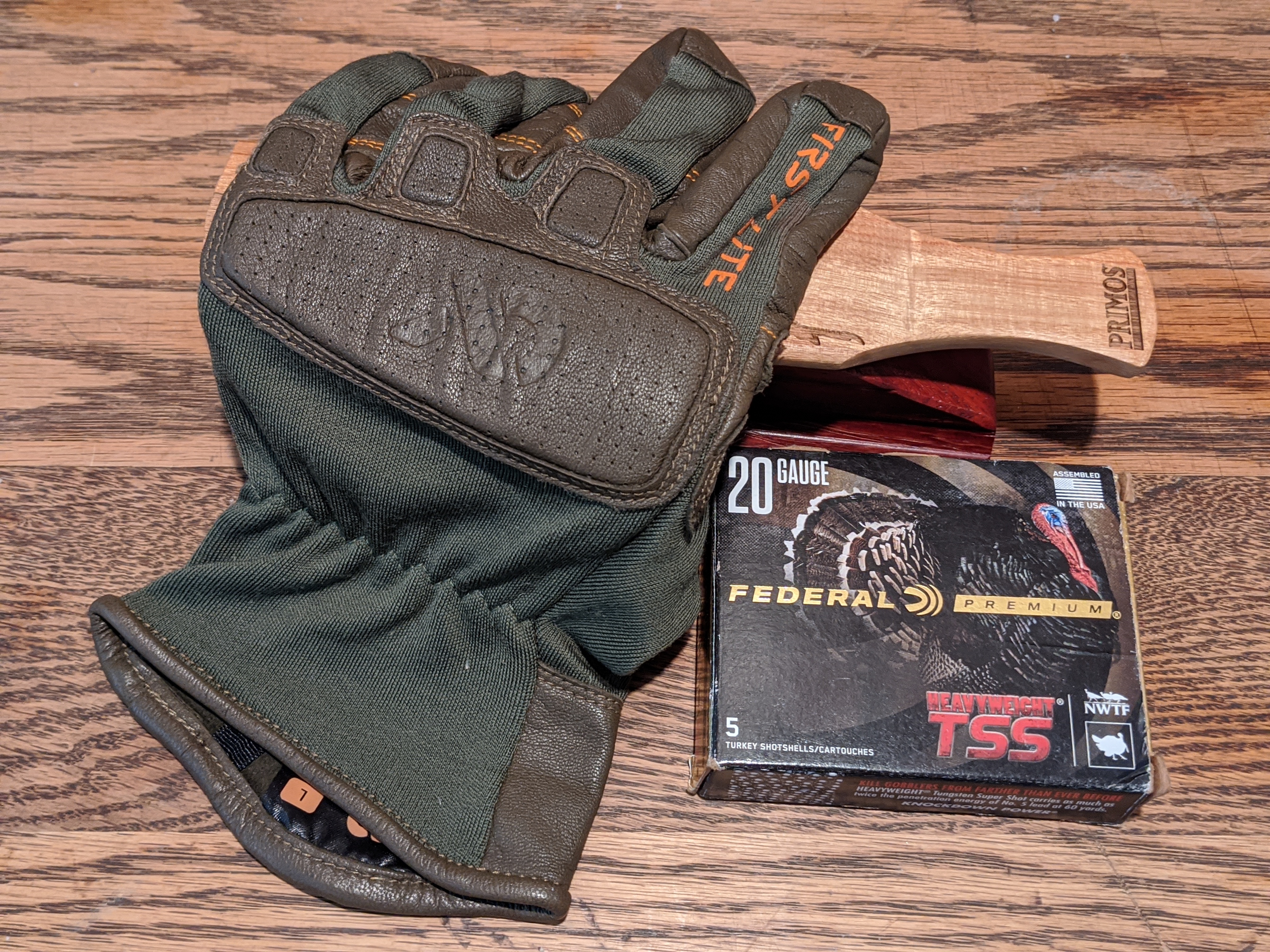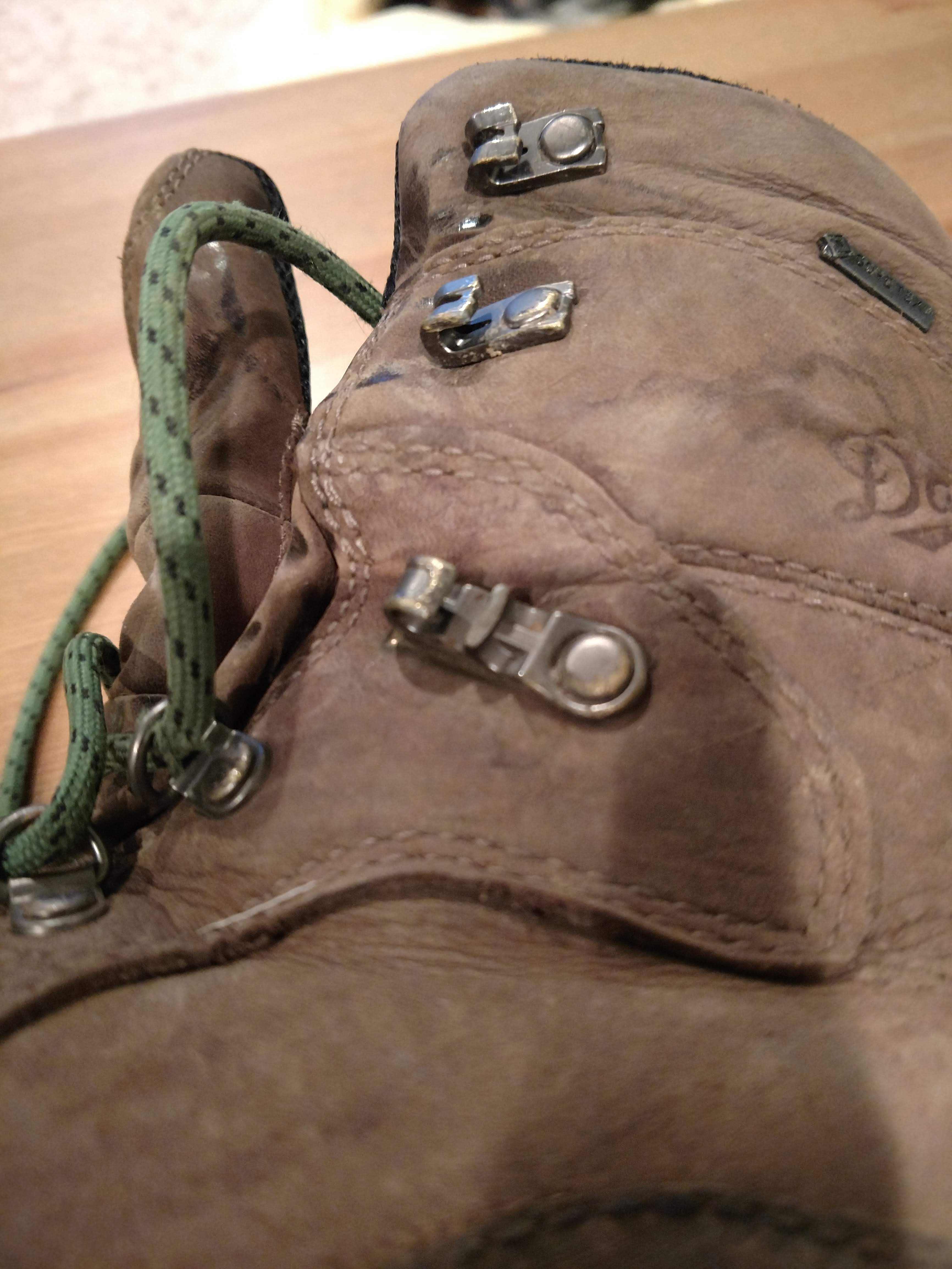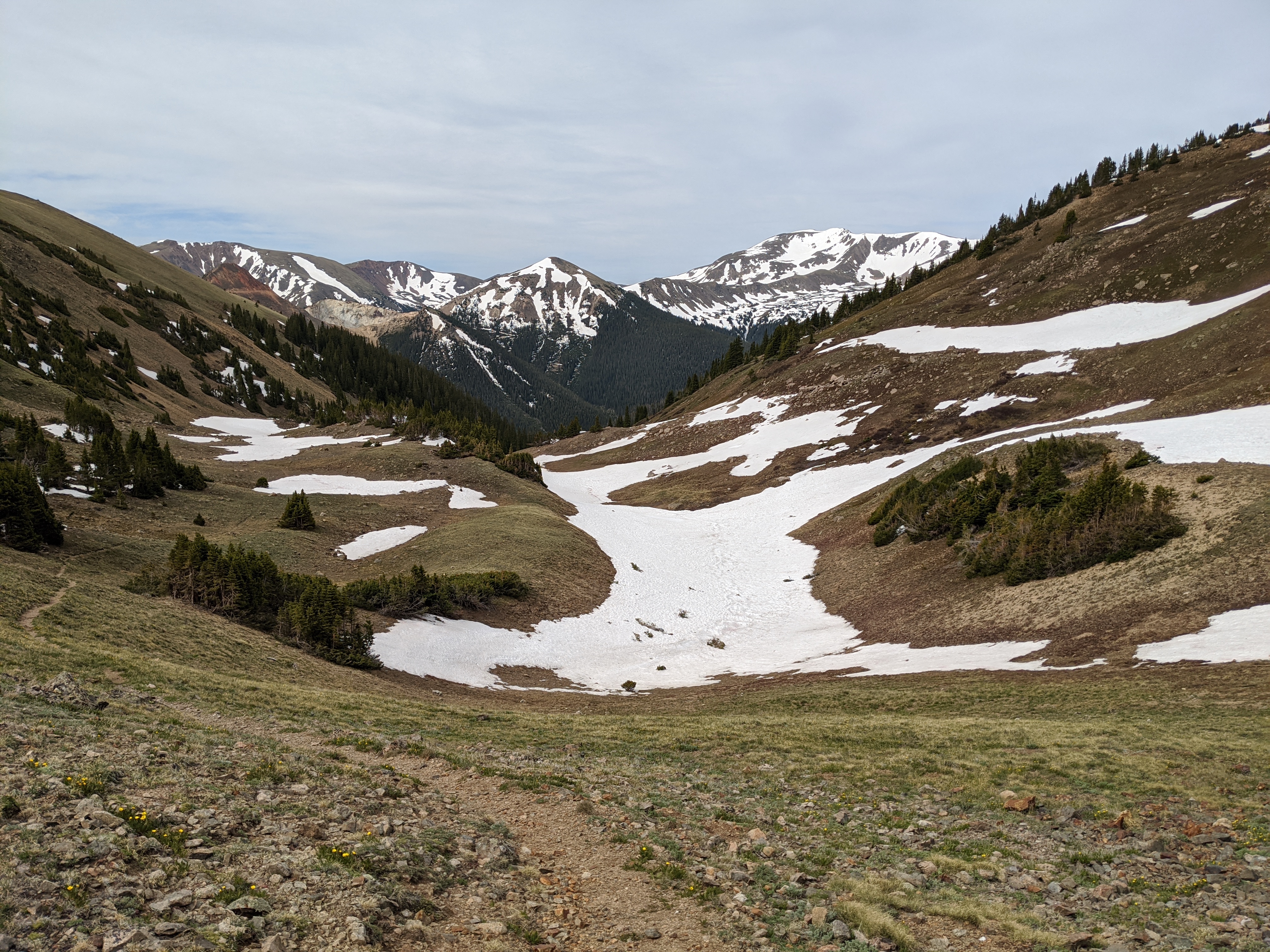I’m Not Superstitious But…
Micheal Scott once said “I’m not superstitious but I am a little stitious”. Most hunters and anglers have their favorite gear whether it be rifle or lure. It’s what my coworker refers to as “lucky sock theory”, if it worked before with that setup, do it again, and then try to replicate results. Basically that means nothing new can ever be done, just variations on a theme. Indeed I do have not a pair of lucky socks, but a favored sock among the pile in my storage totes of gear. The perfect merino wool blend sock does exist, and they were mass marketed by Columbia and discontinued some five years ago.
Getting up well before the sun means that you have to get everything in order quickly in order to get to the stand. Sometimes this results in a little early morning frustration. I recently added a decoy to my turkey setup only to forget to wear my contacts that day, so my glasses fogged when I breathed through my face mask. No matter, I’ll just tug down the mask a little bit.
I got to my stand and sat down, now with a nice seat to sit on and worked my box call for a yelp. Wha…. Oh no! It sounded like a hen with laryngitis! The chalk had worn off the top of the box call and it now made a terrible noise. Did I bring chalk or look at my gear before to determine whether to maintain it? Nope. Maybe it’s karma, maybe it’s the ancient gods of hunting belly laughing at me for changing my setup and thinking I can be successful. Maybe it’s a state of mind.
Mis en Place, Like a Boss
Mis en place is a French culinary term meaning “putting in place”, used by the likes of Daniel Boloud to French trained chefs like Anthony Bourdain, may he rest in peace. That means having everything ready to go ahead of time so you can get to it when the time comes.

Seriously, be anal about your hunting gear preparation. Do a gear layout and see if you have everything. You might notice, like I did on the spring turkey opener that you’re missing one of your gloves. That makes things awfully uncomfortable when the mornings start out below freezing. Instead of looking for hours for missing glove, I went to a backup pair so I could get a good night’s rest.
Doing a gear layout also helps you reduce duplicate items in your pack and allows you to do some soul searching as to why the thing is so damn heavy. It turns out I had 4 Clif bars, 3 packages of Clif shots, a bunch of granola bars, and three packages of hand warmers. Don’t be the guy that just dumps a bunch of stuff into a pack and goes. The results are heavy, and your lack of planning may affect your hunt in other ways.

It Doesn’t Spark Joy
Marie Kondo says if it doesn’t spark joy, you should rid your life of it. Or something. I don’t know, I’ve only seen the memes. At some point, you need to look at your gear you’re taking into the woods and ask yourself, do you use it? Ever? Part of the gear preparation phase for any trip should be weeding out unnecessary items.
Do yourself a favor and add a carry-on luggage scale to your at home or camp gear. Weigh your pack before and after taking out some unnecessary items. There was probably at least a little bit of savings just from giving it a once over. Embarrassingly enough it saved me a little over a pound worth of crap in my pack by doing this. Over the miles, that’s everything. Make sure to weigh your pack’s wet weight, with a full hydration bladder or whatever water you take into the woods. Gear preparation and weight reduction should go hand in hand if you’re looking to hunt the backcountry.

At the end of a season do what thru-hikers and backpackers call a “pack dump”. It’s everything. Unzip every zipper, undo every pocket, dump everything and I mean everything from your pack. That helps you take candybar wrappers out, clean gunky pockets, but also take stock of your life and gear. What didn’t you use? What is generating weight without utility? Is there something that’s just not sparking joy in your bag?
Two is One, One is None
Okay, I lied. There are a couple of superfluous items that live in my pack. Or rather they’re superfluous until you really need them. I always have one or two illumination devices. Generally my headlamp and a small cheapo LED flashlight. In the bottom of my bag that rarely moves other than pack dumps at the end of a season is my first aid kit. While it’s been trimmed of stuff I won’t likely need, it has been augmented with medicine common enough to be beneficial. The last thing I always carry is a fire starter. I usually have a Bic lighter and a fire steel. I’m pretty proficient with my fire steel but on rare occasion that I need it, the Bic is there.
Post-Season Review
Gear preparation doesn’t end when the season does. Sure, it’s a time to at least consider cleaning out the back seat of the truck but there’s more to it. What didn’t you use despite it living in your pack or truck? Were there gaps you identified in your gear or in your clothing? Did something not work at all the way you expected it?
For instance, this year I determined mid season for turkey I wanted to add a decoy to my gear. I packed it into the woods for a half a dozen sits, but the very first time I set it up it wouldn’t hold it’s shape. It looked like a hen had gotten deflated by Tom Brady and thrown on a stick. In the spring sun it popped back to life, but if I was a Tom I think I’d have to be desperate to be chasing that hen. That experience taught me that there was a little more research to be done in decoys. Perhaps just not to put it in my pack.

Now is also the time to repair and maintain your gear, preparing for the next season. Look at your boots and ensure that there’s no broken eyelets or speed laces. Make sure that they’ll stand up to the abuse you’ve given them. Clothing might need mending, or at least the candy bar and handwarmer wrappers taken out of them. I’ve recovered numerous Slim Jims from my backpack that could have been in King Tutankhamun’s tomb. They taste the same either way, they just look mummified with age.
Until Next Year
The best sales of the year on hunting and fishing gear seem to be at the end of the season. I spent a lot of time in rural New York and Pennsylvania growing up, and there’s a certain section of blue collar America that pulls the bass boats out every fall to sell and the snowmobiles out every spring to sell. They’re taking up space. Part of gear preparation is understanding that stores absolutely do the same thing.
Sure, there are sales before the season, little teasers to get you into Cabelas or Bass Pro. These sales are to get you to buy decoys or to buy some camo, perhaps some new line for your reels. But the real deep discounts happen after the season closes and the racks remain full. Overstock websites like Camofire or Sportsmans Guide often have great deals for people looking to snatch up gear. For the hybrid backpack camping hunter don’t discount REI’s semi-annual 20% off coupons. Those are great for securing gear that is rarely discounted like water filters or ultralight camp stoves.
I’ll also keep an eye on events that cause shortages in gear. In early June Colorado’s draw will come out for elk and mule deer. Throughout the mid-summer months other states will drop. Excited hunters will get their credit cards hit and tags in the mail. Dreams of bugling elk and rutting deer will fill their heads, and the death grip they’ve had on their credit cards is loosened. During that time companies like FirstLite will have sales, elk calls will run dry at Native and Phelps, and you’ll be hard pressed to get a wall tent. This is a money making time for these companies but also a time where if you don’t put a little extra thought, you might miss out on gear you actually need for your trip.
It’s Not Just Gear
A word of wisdom from a guy who knows. Keep track of your health in the off season. The last thing you need is to try and slip into your brush pants at the beginning of the fall grouse season to find that the top button seems to have migrated farther away than you remember. Buying gear after a hard won season likely means that you’re in the best shape you’ve been in. So consider that, and maybe buy a size larger if you’re prone to weight fluctuations. I know I am.
Keep your body conditioned for the hunt. Far be it for me to preach on physical fitness. In my household, ice cream is a food group. However, the biggest tool in your arsenal for hunting is you — no offense. All the gear preparation in the world doesn’t mean squat if you can’t hike at elevation, or you can’t carry your pack, or any number of other requirements. I try to condition my body starting in the early spring with hikes, increasing the weight of my pack as time goes on. If you mix this in with some shooting practice or some woodsmanship practice via camping in the summer and you’ll be prepared for the fall ahead.







